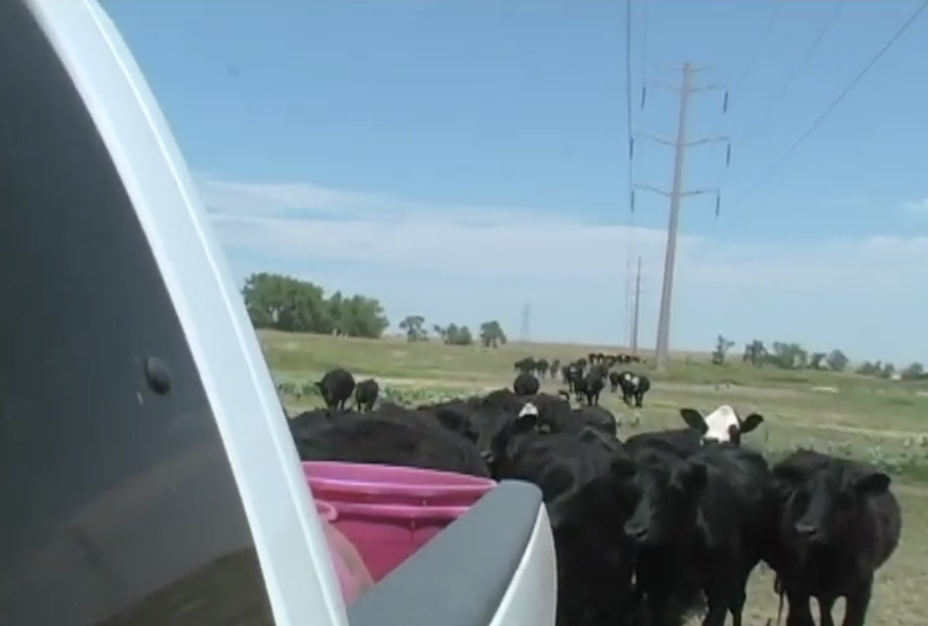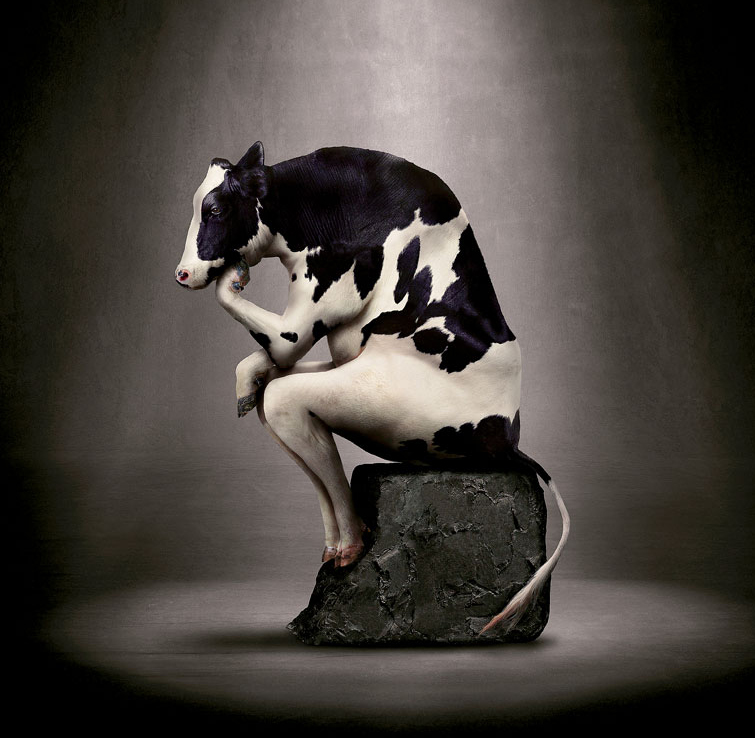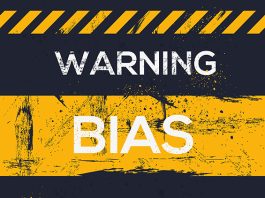
In last week’s issue, John Marble showed us the numbers that demonstrate calling and leading livestock is more efficient and cost effective than herding. I also wrote about how it works just as well on large landscapes. This week, since On Pasture is all about saving you time and money, John and I are each sharing how we train animals to come.
Our approaches to the problem are very similar in how they take advantage of basic animal behavior principles. You can use our methods, or using these principles, you can design your own training method.
Create a “Language” using Positive Reinforcement
Communicating is all about saying things in a way that your animals will understand. To “talk” to them, choose a signal that they can see and hear, and then use that sound while giving them something they like – a tasty treat like the grain I feed, or the hay bale John uses.
When choosing your signal, think about where you’ll be working with animals. If you have vehicle access, a horn is good. Bells and whistles work well too. Tom Krawiec tried a Viking horn just for the fun of it. And of course you can holler. Just think about how far the sound has to reach when your on larger landscapes..
 Create a routine.
Create a routine.
Do the same thing for several days so animals to reinforce the message. Routines create expectations and animals learn them quickly.
Break the routine sometimes.
Once you’ve established a routine and animals expect a treat or some kind of reward, break the routine. In behavioral terms, this is called “Intermittent reinforcement.” All creatures, human or animal work harder when they’re not exactly sure when the reward will come. It works like this:
If you give a horse an apple every time it comes to the fence to see you, when you stop giving it an apple, it will come for a few times, and then quit coming altogether. But, if you give it an apple on some visits but not on others, it never knows exactly when you’re bringing that treat. So it will always come when you call.
Now, here’s how I used this to train cows to come when called.
Here’s 2:41 video showing how I trained cows to come. We started by honking the horn as we took out the tubs and fed the herd their treat. Then, all we had to do was honk the horn when we wanted the cows to come. In this video they got treats every time. But later, I used some of that intermittent reinforcement to make sure that they’d come every time I “called.” I used my horn with this herd for the whole 6 years I worked with them, moving them from one pasture to another, calling them across 500 acre pastures, and leading them into trial pens more than once.
So, there you go! I’d love to hear how you talk to your livestock!
Thanks for reading!
Kathy
P.S. If you’re interested training livestock to eat weeds, here’s more.





I only have a few steers and was really relieved when they started learning to follow me with a bucket. I don’t have to make lanes anymore when changing pastures. The downside is they’re so anxious about getting that grain they charge over to me and then crowd me during the walk. I’m always nervous one will accidentally trample me.
Comments are closed.